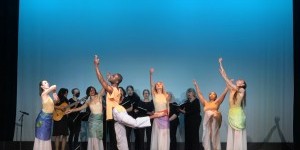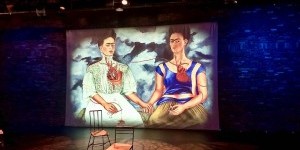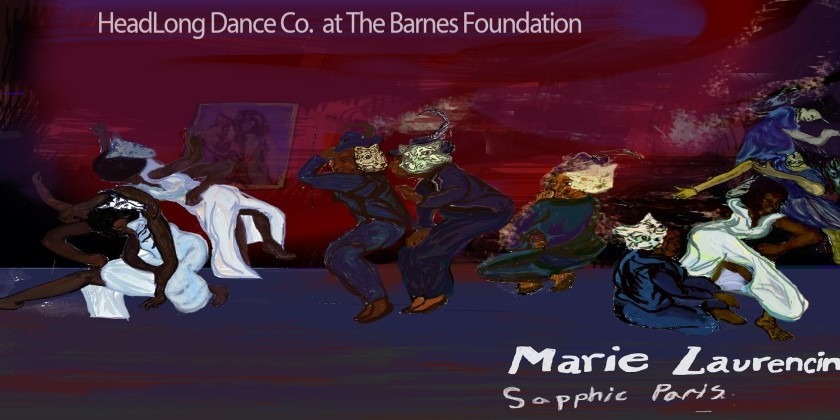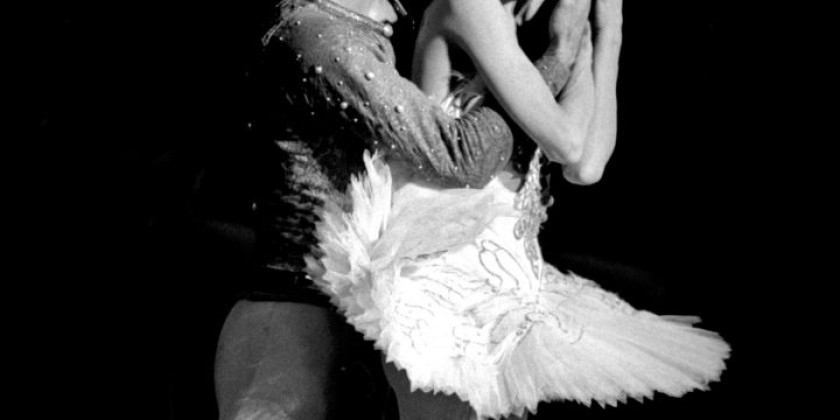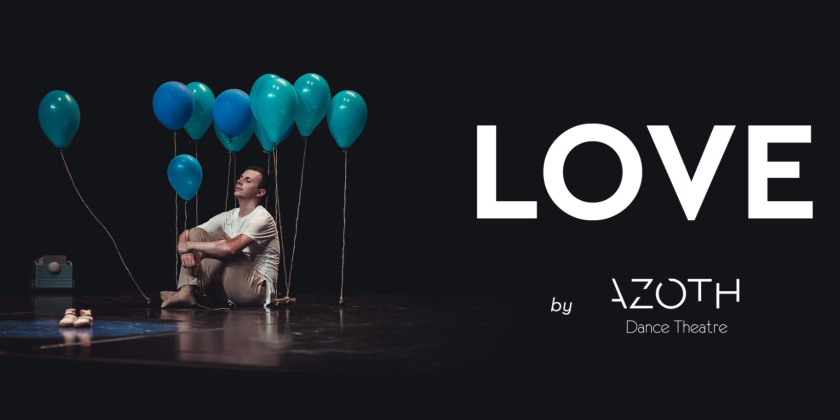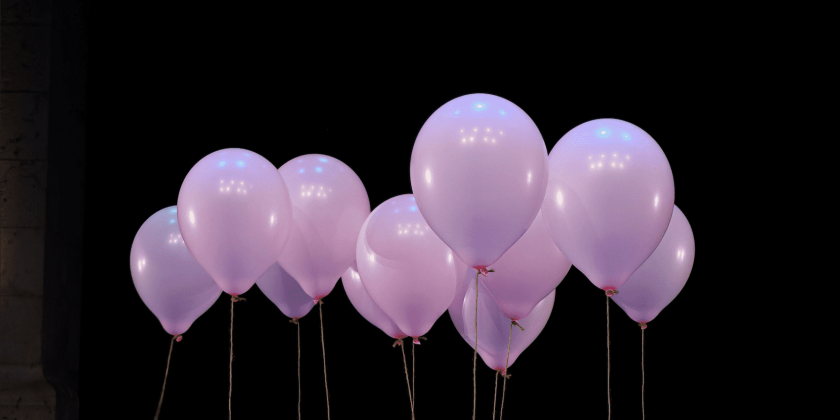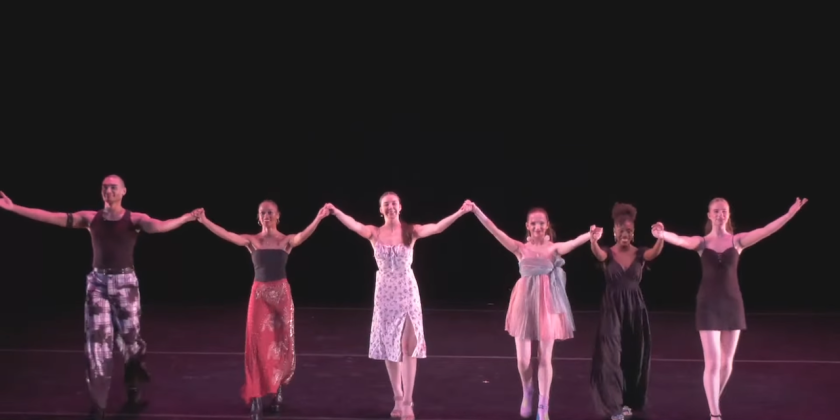AUDIENCE REVIEW: Review of Robots, Don't Cry and Zoo! by Revantika Gupta
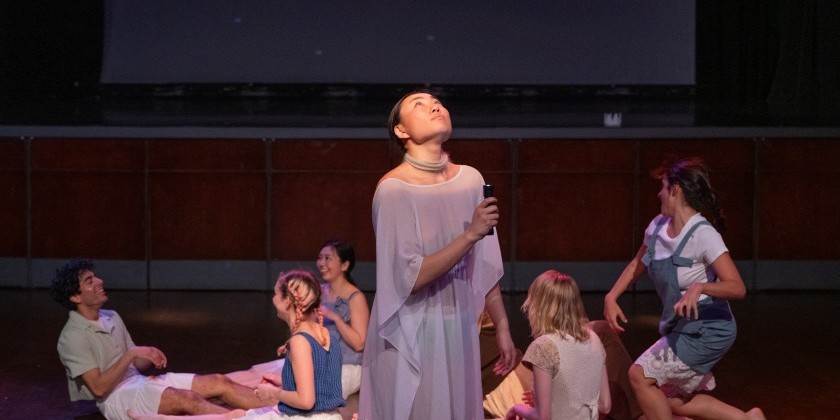
Performance Date:
March 30 2024
Freeform Review:
Review of Mare Nostrum Elements Emerging Choreographer Series #11: Robots, Don't Cry by Garrett Parker and Zoo! by Grace Yi-Li Tong, March 30, 7.30pm show
Recently, I attended an evening of diptych performances, Robots, Don't Cry by Garrett Parker and Zoo! by Grace Yi-Li Tong, as part of the Mare Nostrum Elements Emerging Choreographer Series # 11. The evening began with Robots, Don't Cry a narrative science-fiction movement piece that complicates the dialogic imbricatedness of human and machine, as well as found-everywhere artificiality and showing-up-somewhere failure of machine intelligence. With notions of surveillance and performance of authority and power, the work also becomes a reflection on the human body as a site of labour under recklessly speedy and systemically unfair worker-capitalist life. The ensemble cast of gorgeous dancers, who were sometimes robot, sometimes human, and sometimes the in-between, became body conduits for a measured performance of playing an object. In AI induced iteration of the cyborg, the performers’ half-intelligence mechanized bodies quite marvelously embodied disembodied alienation in capitalist life. The struggle between the animatedly constricted linear perfected movement and energetic free-flowing dynamism was performed by the dancing bodies, to articulate in somewhat odd and baffling ways a celebration of the uncontainable jouissance of the dancing body. A dancing body that can’t help but be out of tune of the technocratic logics of AI-mediated and capital-tuned life. This duality between ascribing to and resisting the machine created a charged atmosphere that was exhilarating throughout. With the sheer number of people on stage, 12 performers (!), one wonders if we from the audience are next in line to mutate into some kind of robot form, which as the piece surreptitiously hints at, if we haven’t already.
This hour-long piece was followed by Zoo!, which was immediately, as it’s description reads, a “fun and feral illumination of memory, charade and the unsaid.” Please read an emphasis on illumination, because harkening back to the fin de siècle (and continuing) practices of puppet theater and cinematic magic lantern, the piece begins with hand-held torch lights which, in the skillful hands of the performers, imbue the stage with flickering halos. Into this surreal affect of playful light steps Grace Yi-Li Tongs to perform, for lack of any other justifiable adjective, a simply breathtaking solo. A kind of soft tender epilogue, this solo sets the scene for what is to follow, a piece that takes one to memories of childhood and simmering summers. Those summers where feelings of nostalgia that shadow us through our lives reside. Over the course of piece, other dancers join Tong in lyrical amalgamations of iterant childhoods acts of apple picking and games, seamlessly transitioning from early years to teenage ballroom fantasy years, anointed by a once-again creatively animated shimmering disco light. These enactments of youth, are evoked by the haptic gusto of the talented dancers’ joyful theatrical performance. Complicating these happy memories in Tong’s piece was perhaps a deceitful play with how cultures of violence are lurking in innocuous childhood cultures and games such as boxing matches and the sent-a-letter games. Childhood cultural plays which ultimately enact that in all social encounters there inevitably needs to be someone’s gain and someone’s ousting.
After Parker’s construction of an arresting air around us, Tong’s piece elicited giggles and laughter from the audience, allowing us to see each-other as people complicit not just in each other’s hyper-surveilled half-machine barely intelligent lives but also in our intimate childhood early memories. As people sitting in a hall together, holding both nostalgia for the past and dread for the inevitable future. There is a cinematic sense (for me perhaps admittedly a bias owing to my current graduate coursework in Cinema studies) that is prescient in both works. In Zoo! it comes through in the musical score which takes one to mid-century China remembered by diaspora in America. Zhou Xuan’s stirring notes from Age of Bloom fill the space leaving us enraptured. Reminiscent of the scene where this song plays from the radio in Wong Kar Wai’s In the Mood for Love, as well as in a found-film collage short film made by him in 2000, titled after the song, Hua yang de nian hua. The piece encapsulates the tussle between assimilation, ostracization, joy, heartbreak in the age of bloom. Childhood, as we may remember is not bereft of the ambivalences that life always has in store for us. Echoing Wai’s short film dedication, this piece feels like a red-ribbon wrapped gift “To Those who we remember fondly.” Both performance scores make encounters with nostalgia in their own ways. Robots, Don't Cry's climatic end crescendos to performance artist Laurie Anderson’s O Superman, making us aware of living in the very heart of the empire, the hand that takes.
It was an evening where the audience became witness to the dance activation of the architecturally charming 1862 historic landmark, Flushing Town Hall, located just a few steps away from the Flushing main street. Flushing Townhall, and specifically its first floor hall became the sight of these two movement works which drew out new the contours inherent in the built space. To indulge in metaphor, just as perhaps the sneaky movement of technology corrupts every fibre of our personal social lives, Robots, Don't Cry completely disregarded the stage, and instead of the proscenium being the domain of the audience alone, it became the site of the performance where audience seats were placed on the same levelling plain as the performing bodies. Throughout, the performances took the audience-as-collaborators by surprise in many ways. In Robots, Don't Cry, the all-knowing voice of god narrator who commands the various actors on stage speaks from behind the audience’s ears. Hence when the icy-drip of narrator’s sadistic voice rejoices in pre-empting the feelings of the performers—“you must be hungry” or “the food might make you sleepy”—the audience knows the voice is also talking to us. All the surroundings in this piece are controlled by this narrator and the performers. This becomes prescient especially when the lights which graze our neck and backs as we watch the performance are controlled by the performers. For instance when the performers gesture for the lights to go off do they promptly go off. (Props to the light, sound and production team!). In Zoo!, for instance the majority of the performance’s lights are in the literal touch-held hands of the performers. In a sense, this sleight of hand performance setup converted the auditorium into a blackbox where the audience becomes complicit in the AI narrative of Robots, Don't Cry and the childhood memories of Zoo! As the dancing robots and running, chasing and jumping child-like bodies make soft thuds on the floor, it also made our seats dance!
It feels weird to see a piece about happy-complicated childhood when so many children are being bereft of their childhood, family and life in Gaza. If you wondered how does one consume a work of dance in the time of genocide, Manatsu Tanaka while taking the bow at the end of Robots, Don’t Cry reminded us by pulling out of their costume, the flag of black, red and green, saying without words, Free Palestine, and Ceasefire Now. One wonders, Robots don’t cry, but if they could, today would they?
Author:
Revantika gupta
Photo Credit:
Grant Hao-Wei Lin courtesy of Mare Nostrum Elements





